Explain the Differences Between the Layers of the Gastrointestinal Tract.
Composed of 3 layers epithelial areolar connective smooth muscle Contains lymph tissue. The human GI tract can be divided into two halves namely.
This layer is formed of smooth muscles.

. From the inside out they are called. The motility of the GI tract is. Be able to describe the layers in the wall of the digestive tract mucosa submucosa muscularis propria and adventitiaserosa and explain how they differ in the pharynx esophagus and stomach.
The outermost layer of the gastrointestinal tract consists of several layers of connective tissue. The GI tract contains four layers. The muscle of the inner layer is arranged in circular rings around the tract whereas the muscle of the outer layer is arranged longitudinally.
These layers show modification depending on the location and function of the organ concerned. A Mucosa-The mucosa or innermost of the GI tract is a mucous membrane. All segments of the GI tract are divided into four layers.
It is made up of a layer of squamous epithelium called mesothelium and inner layer of connective tissue. Know the histological differences in the pharynx and the upper middle and lower portions of the esophagus. The GI tract contains four layers.
Explain the differences between the layers of the gastrointestinal tract. The structure of these layers varies in different regions of the digestive system depending on their function. These muscles are usually arranged in three concentric layers.
It is composed of epithelium connective tissue lamina propria and a layer of smooth muscle muscularis mucosa. There are 4 layers in gastrointestinal tract. Each layer has different tissues and functions.
Mucosa submucosa muscularis and serosa. Contains many glands which open into the lumen by. Explain the differences between the layers of the gastrointestinal tract.
Four layers of the Gastointestinal Tract. The innermost layer is the mucosa underneath this is the submucosa followed by the muscularis propria and finally the outermost layer - the adventitia. The gastrointestinal tract in humans begins at the mouth continuing through the esophagus stomach and the small and large intestines.
The GI tract is about 9 meters in length. Material moves through the rest of the tract by mass movements which transport tract contents over long distances. The mucosa is the innermost layer and functions in absorption and secretion.
From inside to outside these are mucosa submucosa muscular layer and serosa. Contains the submucosal enteric neural plexus that controls GI secretions and localized blood flow. Connective tissue layer lying just below mucosa and contains many blood vessels and nerves.
The innermost layer is mucosa epithelium lamina propria and muscular mucosaeouter to mucosa is the submucosa then muscularis propria inner circular muscle layer intermuscular space a View the full answer. Between the two muscle layers are the myenteric or Auerbachs plexus. Intraperitoneal parts of the GI tract are covered with serosa.
The wall of the GI tract from the esophagus to the anal canal has four-layer from deep to superficial are the mucosa submucosa muscularis and serosaadventitia. It is composed of epithelium cells and a thin connective tissue. Explain the differences between the layers of the gastrointestinal tract.
05 points Answer. Explain how the structure of each of the following digestive tract compartme. The GI tract is composed of four layers.
The innermost layer is the mucosa underneath this is the submucosa followed by the muscularis propria and finally the outermost layer - the adventitia. There are many supporting organs such as the liver which helps by secreting enzymes that are necessary for the digestion of food. In these sections of the gut there is a clear boundary between the.
In the following portion from the lower esophagus through the large intestine food moves by peristalsis. Oesophagus is exceptional in having a compound squamous epithelium on the inside and an adventitia on the outside. The stomach has an extra layer an inner oblique muscular layer.
The mucosa of the remainder of the GI tract is a delicate layer of simple columnar epithelium designed for absorption and secretion. It is the outermost layer. In the first portion of the GI tract from the oral cavity to the upper esophagus food moves by voluntary muscular action.
The structure of these layers varies in different regions. Biology questions and answers. Summarize the role of GI tract hormones following a meal.
These include most of the stomach first part of the duodenum all of the small intestine caecum and appendix transverse colon sigmoid colon and rectum. Human Anatomy Lab Manual.

Layers Of The Gi Tract Adapted From 23 Download Scientific Diagram

What Are The Layers Of The Gastrointestinal Tract What Are Their Functions Socratic

Layers Of The Alimentary Canal Boundless Anatomy And Physiology
Microanatomy Of The Digestive Tube

The 4 Layers Of The Alimentary Canal Youtube

Different Tissue Layers Of The Gi Tract Mucosa Submucosa Muscularis Externa Adventita Or Serosa

Illustrated Gastric Stomach Layers 3 Layers Of The Stomach Anatomy

Difference Between Muscularis Layer Of Esophagus And Stomach Compare The Difference Between Similar Terms

Difference Between Muscularis Layer Of Esophagus And Stomach Compare The Difference Between Similar Terms

Gastrointestinal Tract 1 The Mouth And Oesophagus Nursing Times
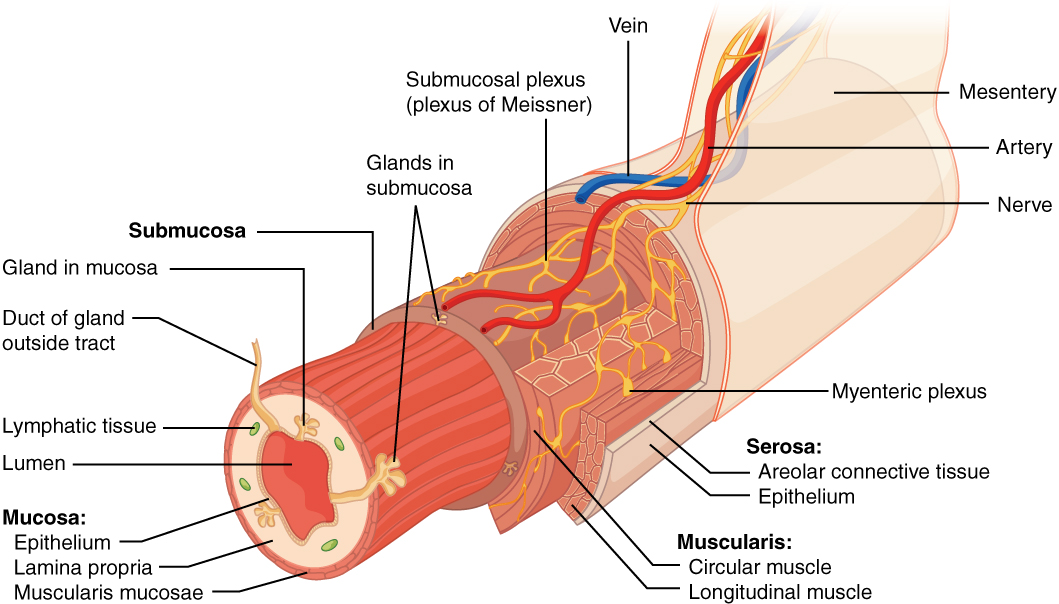
From The Lumen Outward What Are The Layers Of The Gastrointestinal Tract Socratic
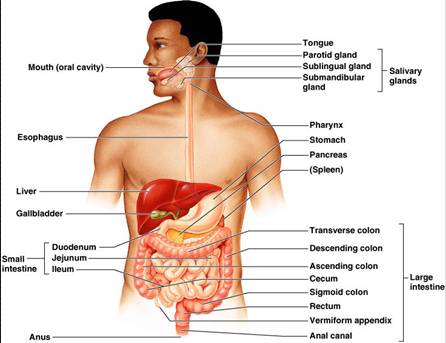
Is There A Difference Between The Digestive Tract And The Gastrointestinal Tract Socratic
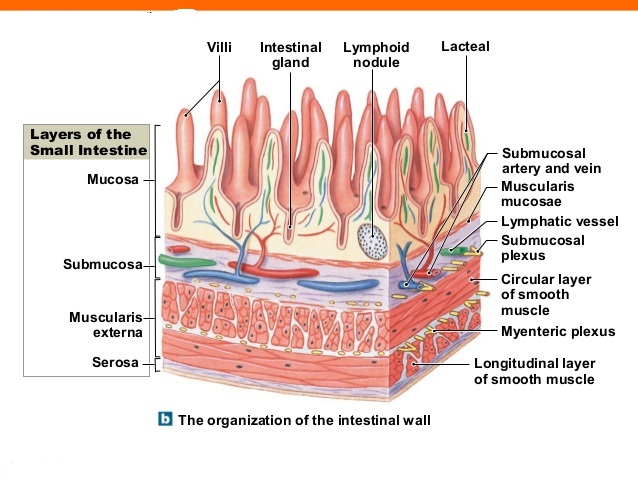
From The Lumen Outward What Are The Layers Of The Gastrointestinal Tract Socratic

Layers Of The Alimentary Canal Boundless Anatomy And Physiology
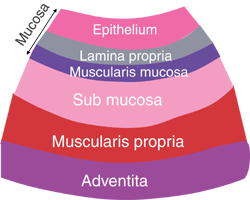
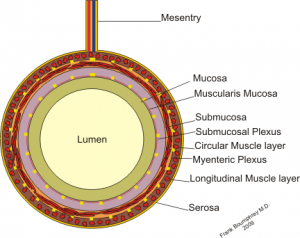
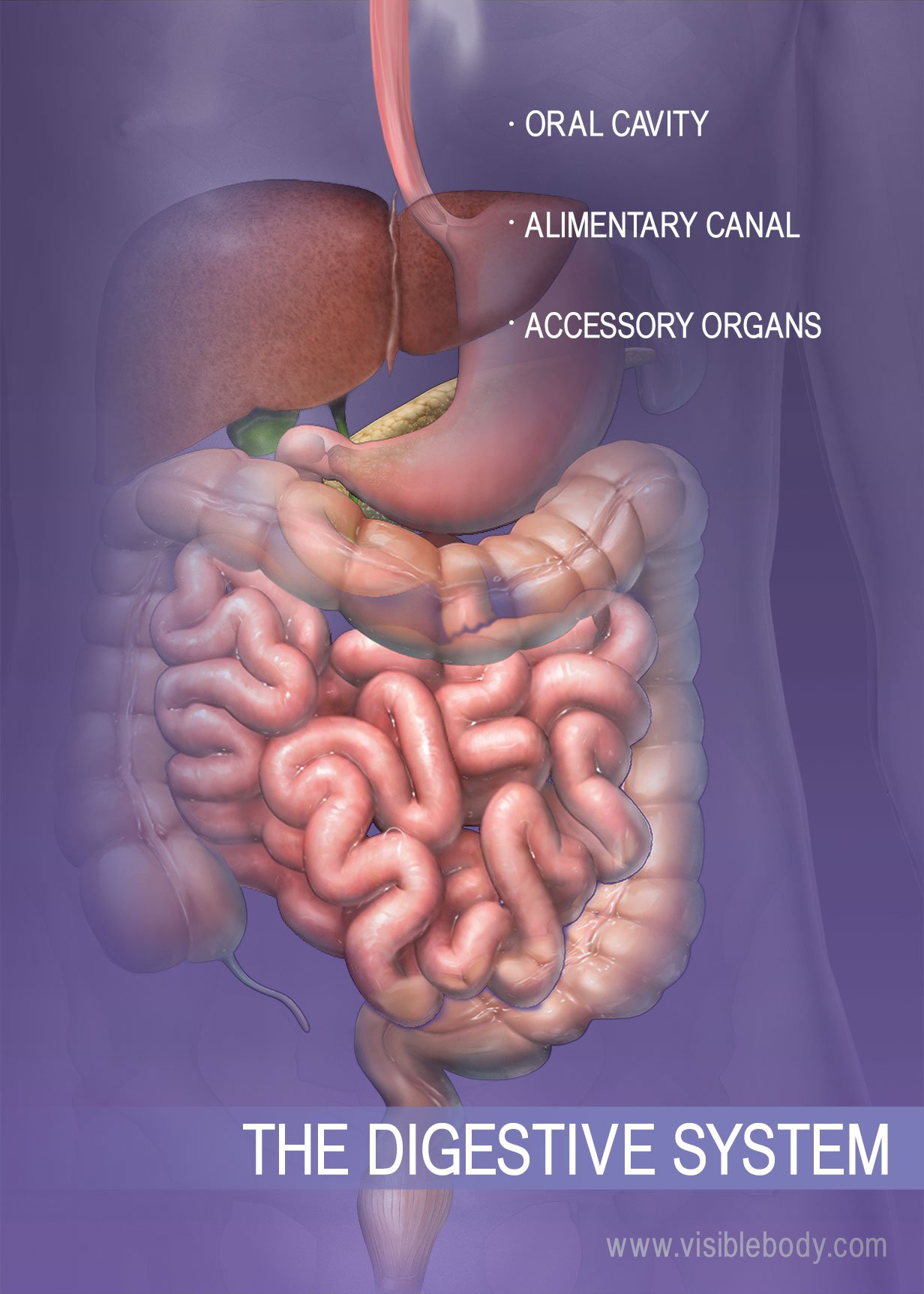
Comments
Post a Comment